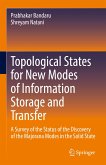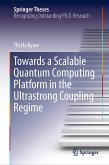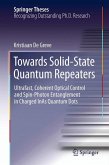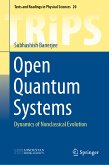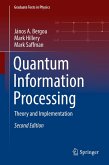This book provides unique and comprehensive conceptual explanations of quantum field theory and the standard model of particle physics. How can fundamental particles exist as waves in the vacuum? How can such waves have particle properties such as inertia? What is behind the notion of virtual particles? Why and how do particles exert forces on one another? Not least: What are forces anyway? These are some of the central questions that have intriguing answers in Quantum Field Theory and the Standard Model of Particle Physics. Unfortunately, these theories are highly mathematical, so that most people-even many scientists-are not able to fully grasp their meaning. This book untangles these theories in a conceptual non-mathematical way, using more than 190 figures and extensive explanations and will provide the nonspecialist with great insights that are not to be found in the popular science literature. This fully revised and expanded second edition adds remarkable insights into the transition from quantum to classical world using the concepts of quantum decoherence, while also explaining "collapse of the wave function", tunnelling and quantum computing.
Dieser Download kann aus rechtlichen Gründen nur mit Rechnungsadresse in A, B, BG, CY, CZ, D, DK, EW, E, FIN, F, GR, HR, H, IRL, I, LT, L, LR, M, NL, PL, P, R, S, SLO, SK ausgeliefert werden.




